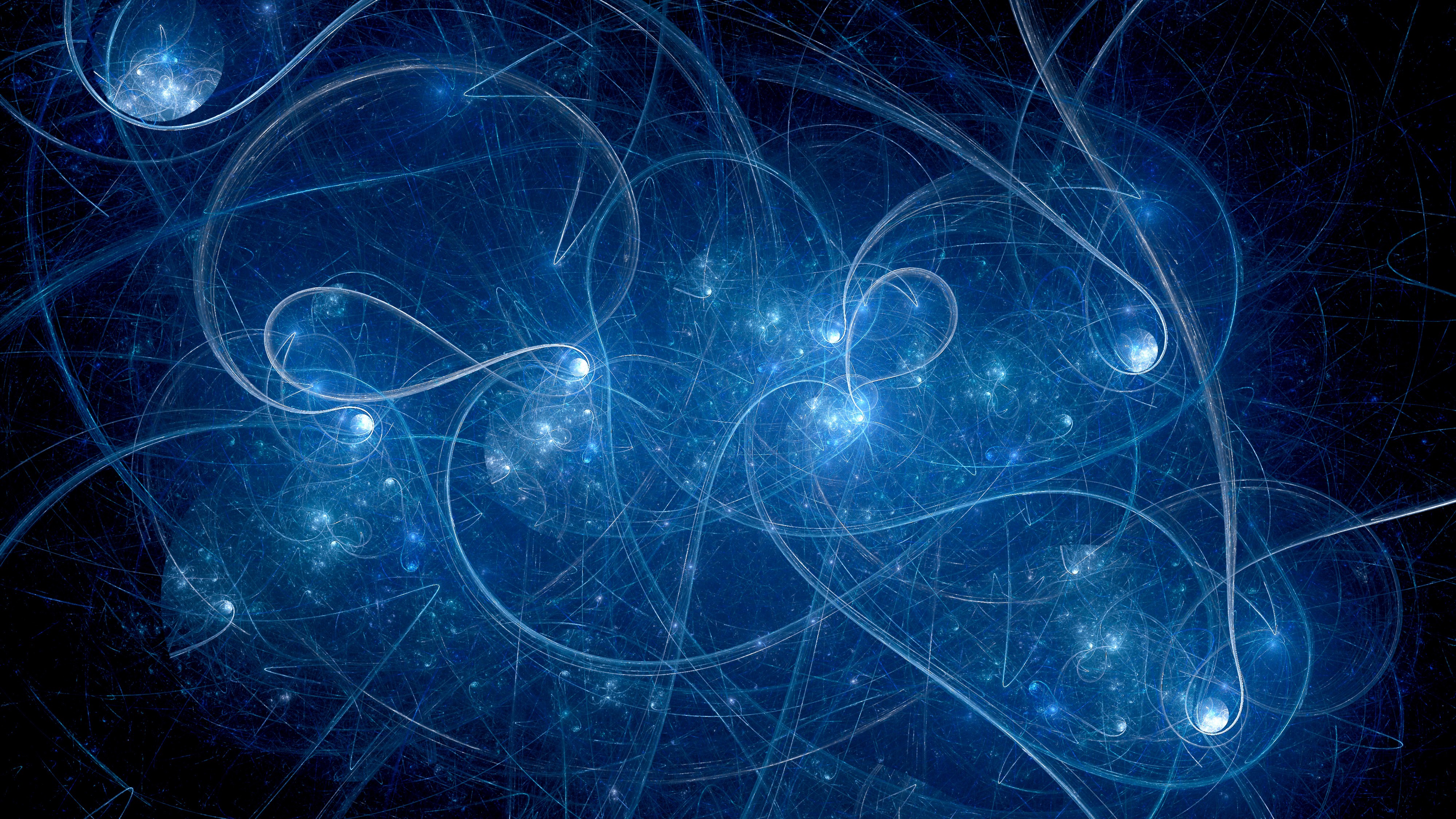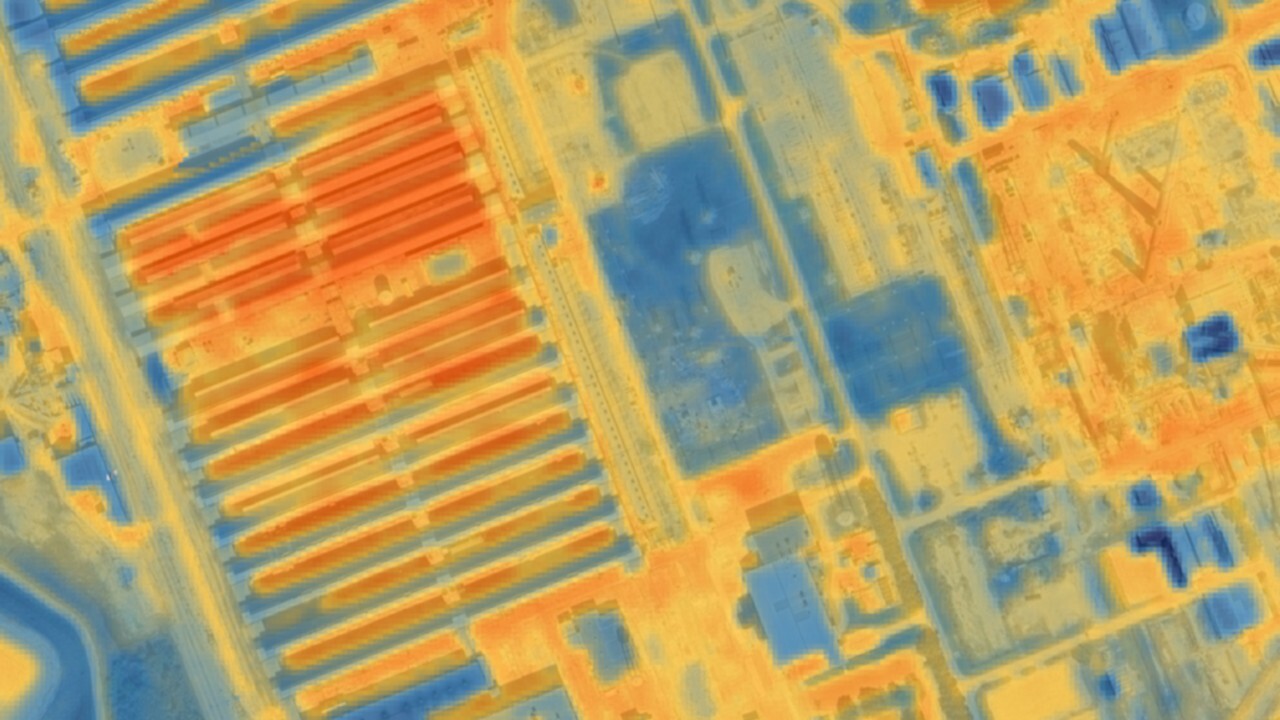Is the origin of dark matter gravity itself?


Paul M. Sutter is an astrophysicist at SUNY Stony Brook and the Flatiron Institute, host of "Ask a Spaceman" and "Space Radio," and author of "How to Die in Space." Sutter contributed this article to Space.com's Expert Voices: Op-Ed & Insights.
A new model of the very early universe proposes that the graviton, the quantum mechanical force carrier of gravity, flooded the cosmos with dark matter before normal matter even had a chance to get started.
The proposal could be a way to connect two of the biggest outstanding puzzles in modern cosmology: the nature of dark matter and the history of cosmic inflation.
Many cosmologists think that when the universe was incredibly young (that is, less than a fraction of a second old), it experienced a period of incredibly rapid expansion known as inflation. This inflationary epoch was critical to the future evolution of the universe, as that incredible expansion turned microscopic quantum fluctuations of space-time into the seeds that would someday become stars, galaxies and clusters.
Related: In the hunt for dark matter, are axions our best bet?
The actual inflation event is rather mysterious. For example, cosmologists don't know what triggered inflation, what powered it, how long it lasted or when it shut off.) But this general picture is the only one that can explain the patterns found in the cosmic microwave background (the afterglow light pattern formed when the universe was 380,000 years old) and the large-scale distribution of matter in the universe. The statistics of those patterns match what we see in quantum fluctuations, which gives cosmologists the confidence they need to hypothesize that there's a link.
At the end of inflation, the cosmos was much larger than it was before. But it was also much emptier, as all the contents that had previously been in the universe had just been flung far away from each other. There was just one thing remaining: whatever powered inflation in the first place but eventually ran out of steam. Cosmologists call this driving force the "inflaton," and they think it was a quantum field that soaked all of space.
Breaking space news, the latest updates on rocket launches, skywatching events and more!
When inflation ended, the inflaton decayed, flooding the universe with the variety of particles we see in the present day. In many ways, inflation was the "real" Big Bang. If you imagine an empty universe suddenly rich with an explosion of particles, then this is it.
Silent dark matter
When inflation ended, it triggered the creation of all known particles. So, presumably, that same event also manufactured dark matter. Cosmologists aren't sure what dark matter is made of, but an abundance of evidence suggests that it's some new, unknown kind of particle. Whatever this particle is, it accounts for over 80% of all the matter in the universe.
Physicists have spent decades searching for any hints of a direct interaction between dark matter particles and normal matter, to no avail. If dark matter is indeed a particle, then it really, really doesn't like talking to normal matter. This non-detection of dark matter is quite annoying for the story of inflation, because if dark matter doesn't talk to normal matter, then there's little reason why the inflaton should create dark matter along with normal matter in the early universe.
Now, a pair of physicists at the Helsinki Institute of Physics has proposed a new mechanism to generate lots of dark matter in the early universe, even if the inflaton didn't like to produce dark matter. And that new mechanism relies purely on gravity.
This mechanism, which the physicists outlined in a paper in the preprint database arXiv, assumes that the inflaton and the dark matter don't talk to each other, so the dark matter particle isn't produced in the normal way at the end of inflation.
Related: How did inflation happen, and why do we care?
Instead, the researchers examined the behavior of the inflaton just before it decayed. At the end of inflation, right before the inflaton goes away and gives rise to the particle zoo of our universe, the inflaton sloshes around the cosmos like a ball that just rolled down a steep hill but hasn't settled down yet.
Cosmologists call this step the preheating phase of the inflaton decay, and it can give rise to some crazy physics. For example, in this brief phase, gravity itself may play a major role, allowing the inflaton to connect to the dark matter particle. In this case, gravity takes the form of its supposed quantum mechanical force carrier, the graviton. Usually, the graviton doesn't participate in particle reactions, but the physicists found a way for it to appear in the preheating phase near the end of inflation.
The pair discovered that when the graviton appears in the particle interactions at this epoch, it could provide channels for the inflaton to decay into dark matter particles. These dark matter particles would then already have been present in the universe before the rest of the normal matter followed suit when the inflaton finally went away.
This mechanism works only when space is doing something interesting, like rapidly expanding during inflation. And so, when inflation finally tampered the universe's ability to create, dark matter particles faded.
The physicists tuned their model to create the right amount of dark matter that observations of the cosmos demand. However, it's still theoretical work. Most important, physicists aren't exactly sure how gravity interacts with particles. This is the regime of quantum gravity, a theory of strong gravity at small scales, which is the current holy grail of modern physics. So, for their work, the co-authors of the paper had to make a lot of assumptions as to how gravity operated at these scales.
Still, the idea is interesting because it provides a way for the early universe to produce significant amounts of dark matter and for that dark matter to (essentially) never talk to normal matter ever again.
Follow us on Twitter @Spacedotcom and on Facebook.

Paul M. Sutter is a cosmologist at Johns Hopkins University, host of Ask a Spaceman, and author of How to Die in Space.
